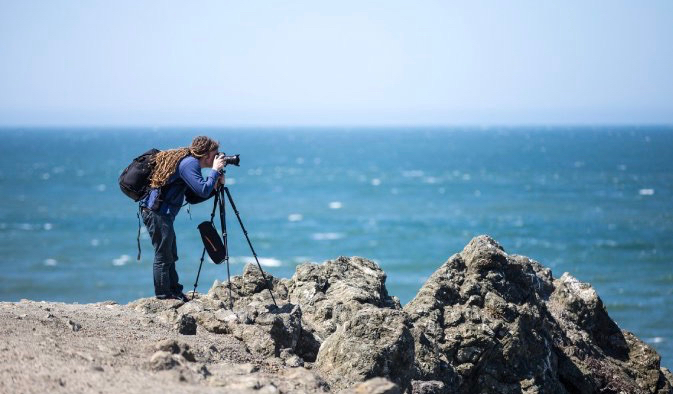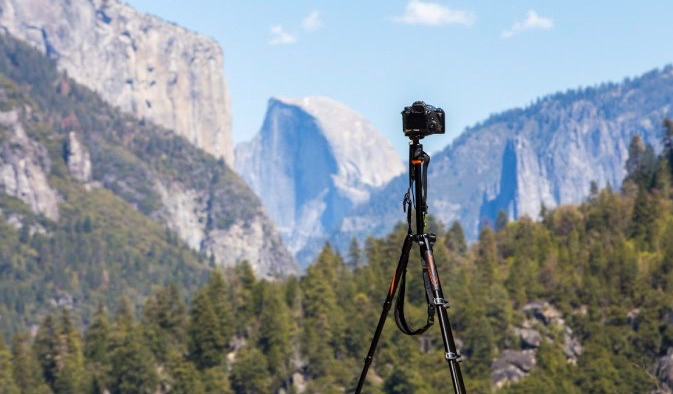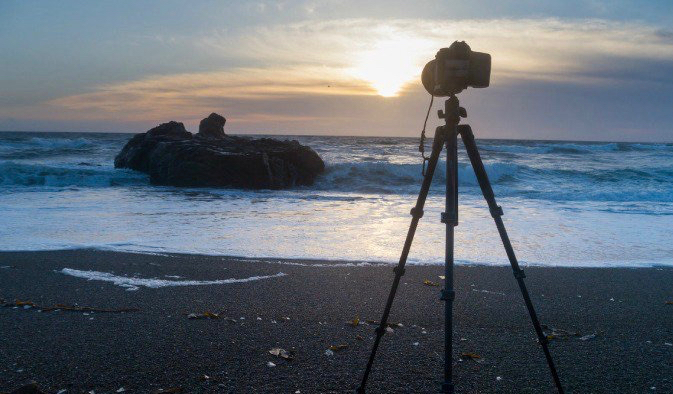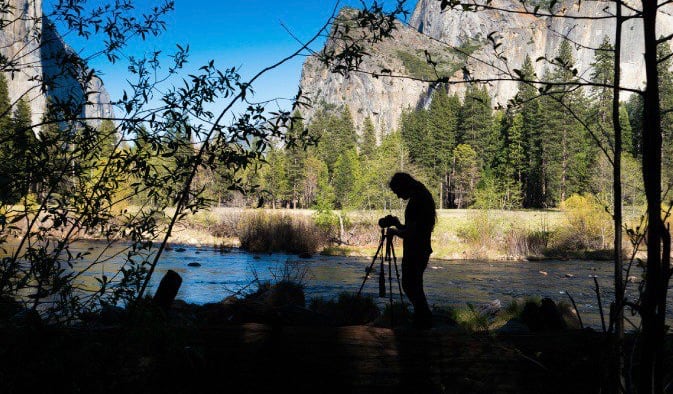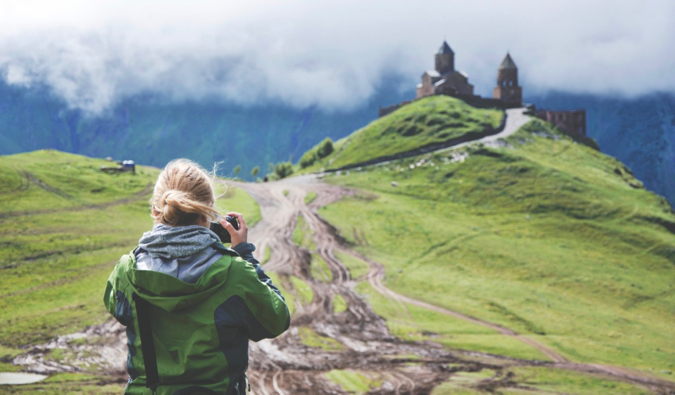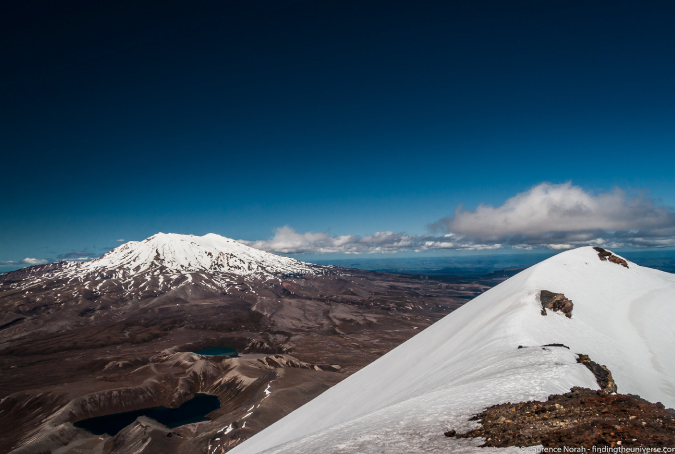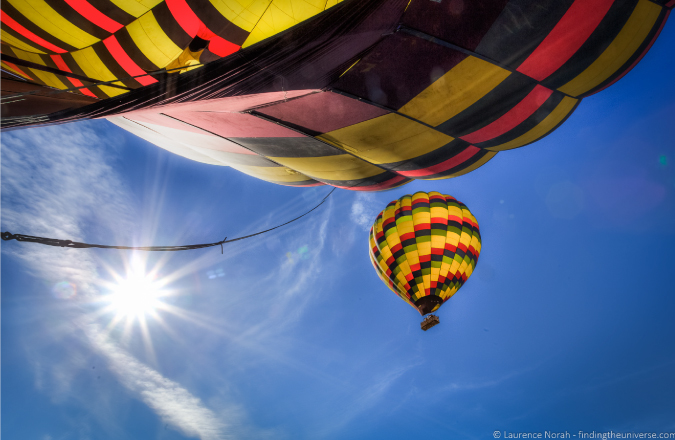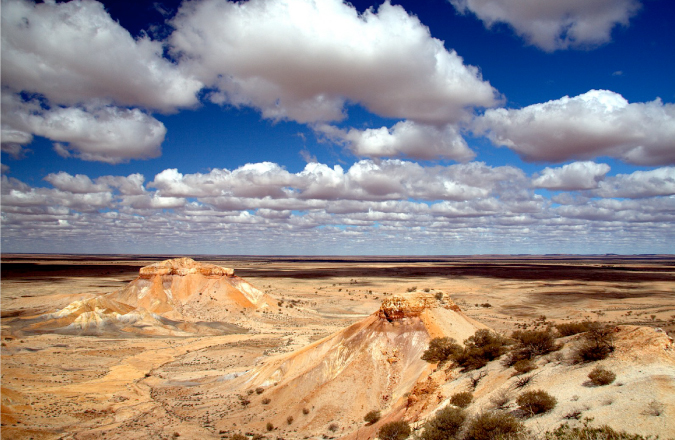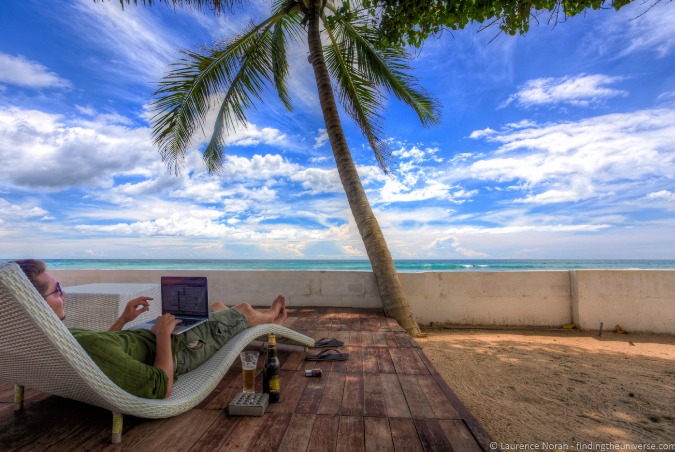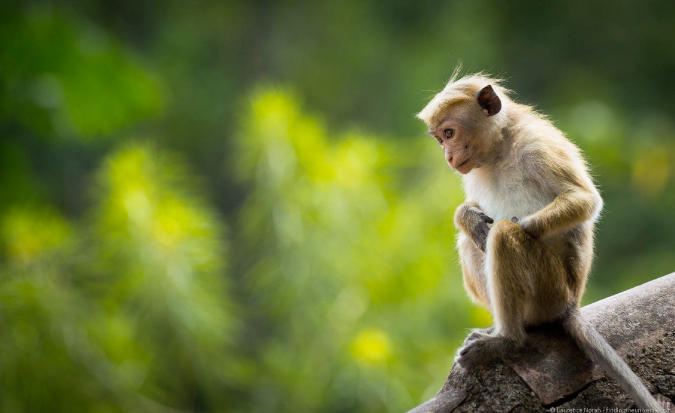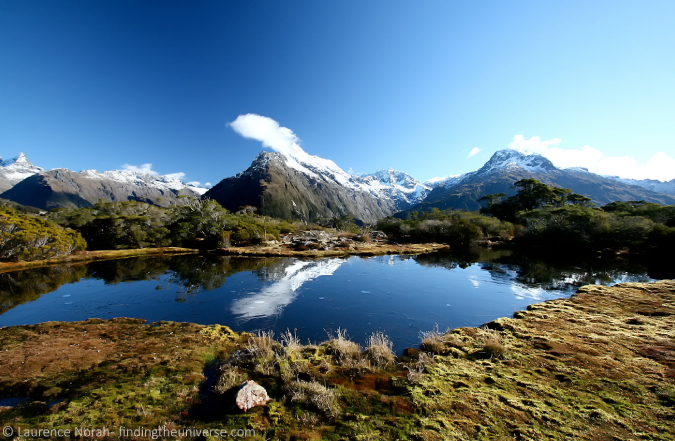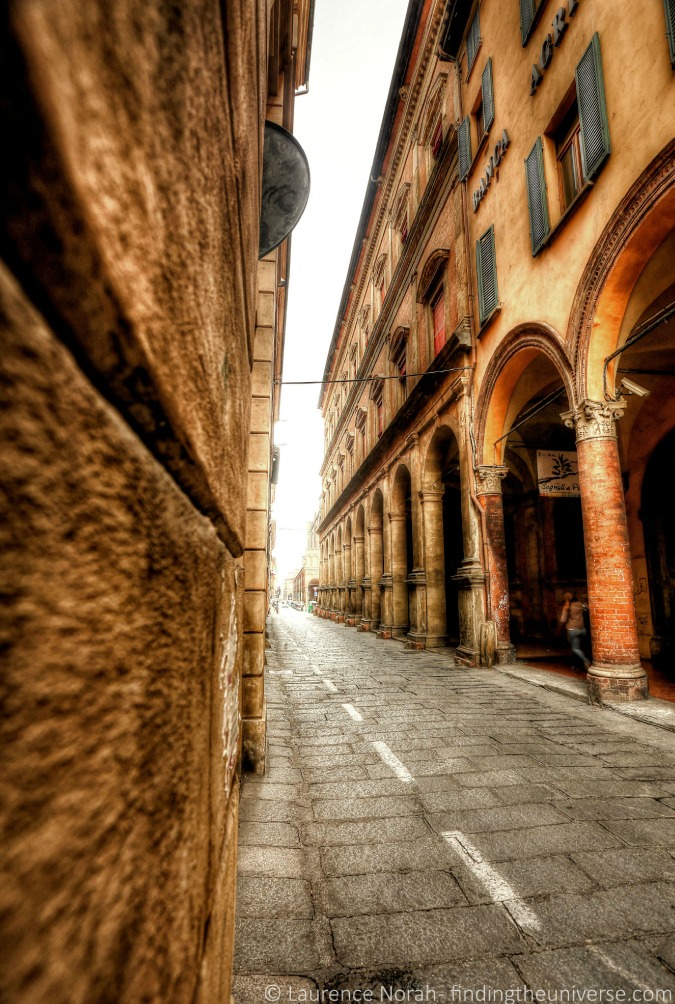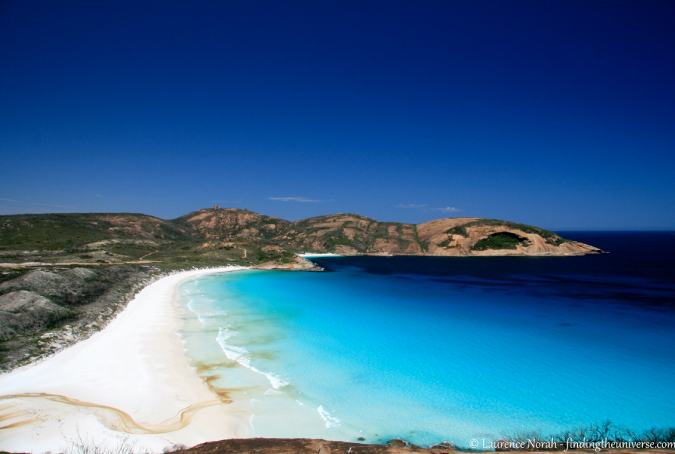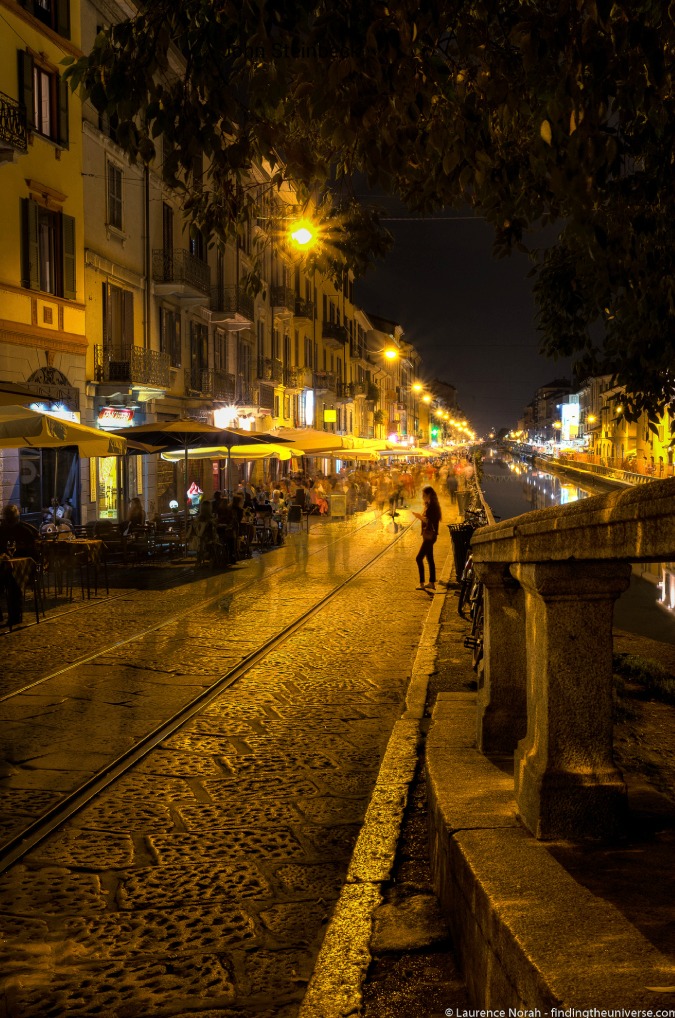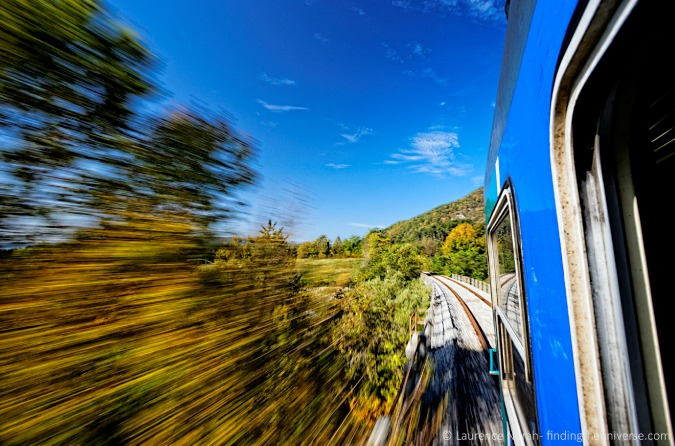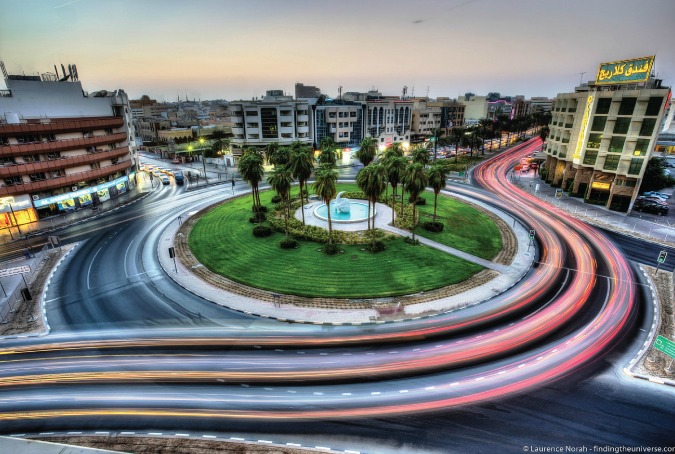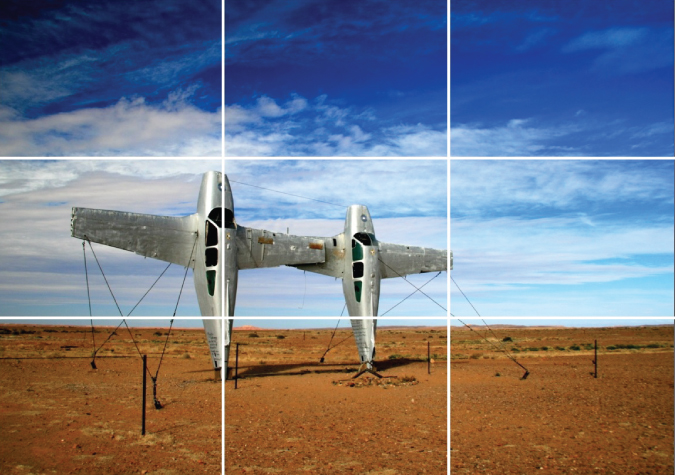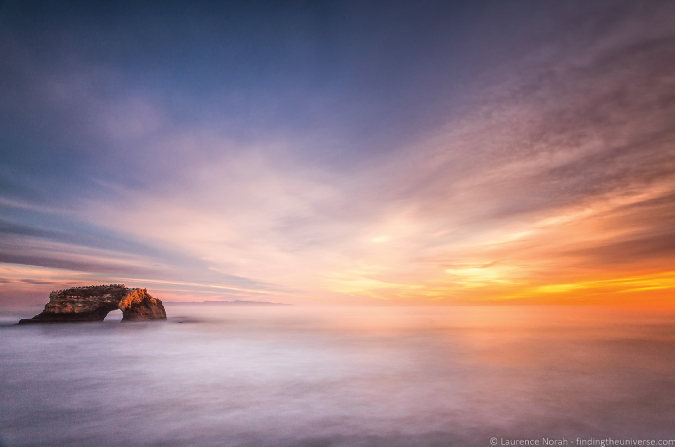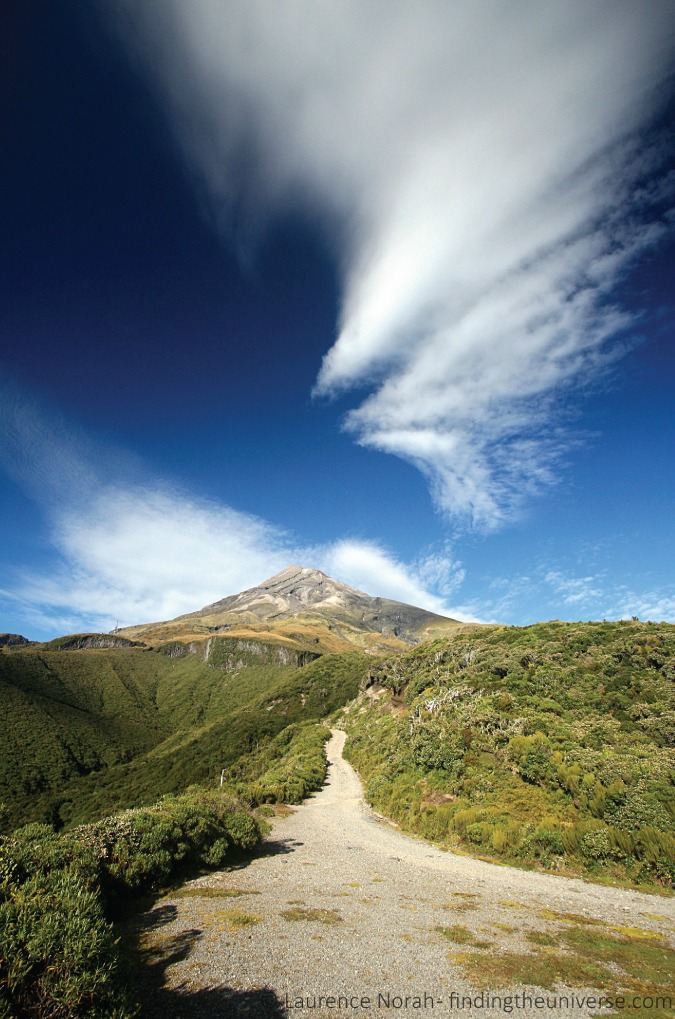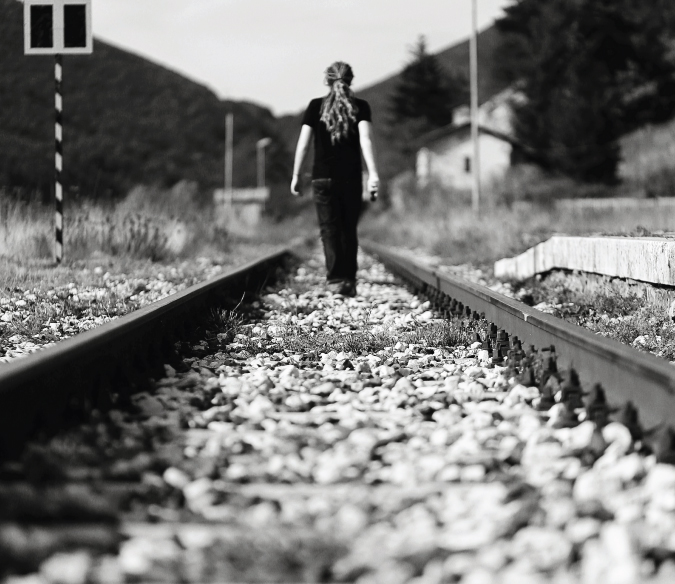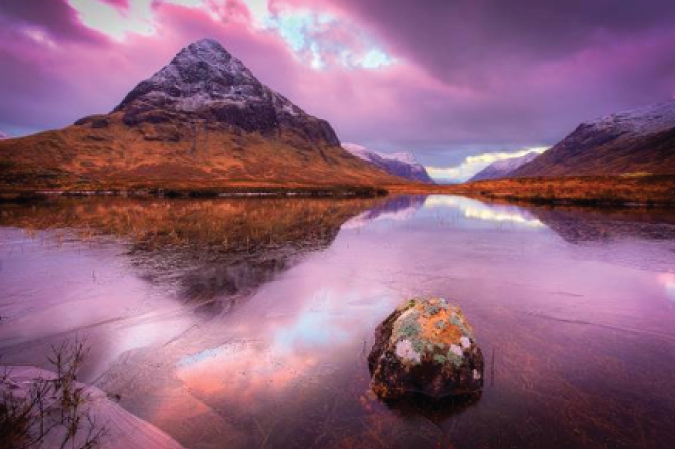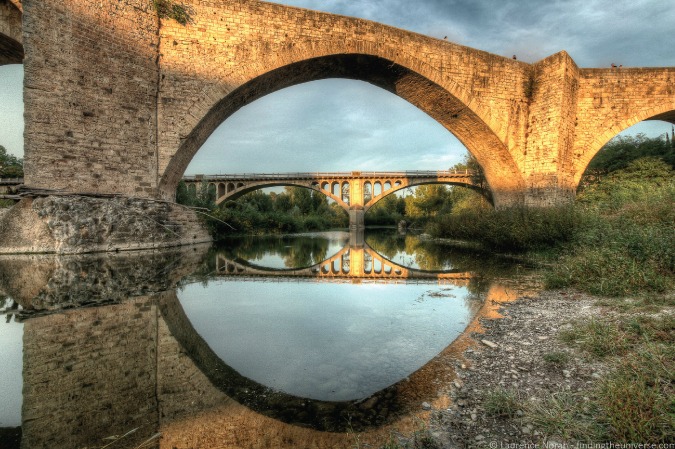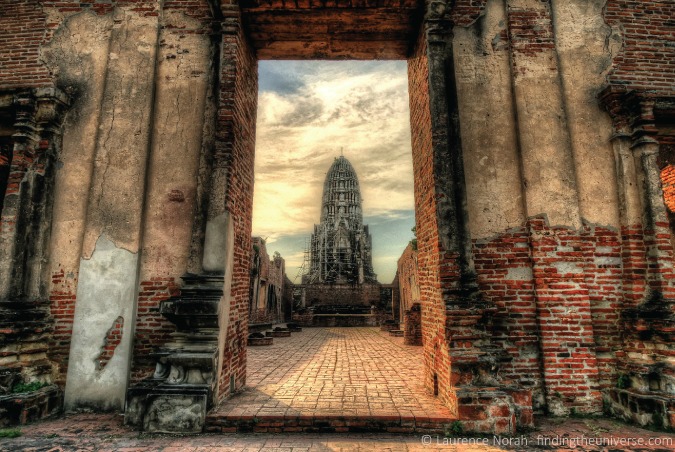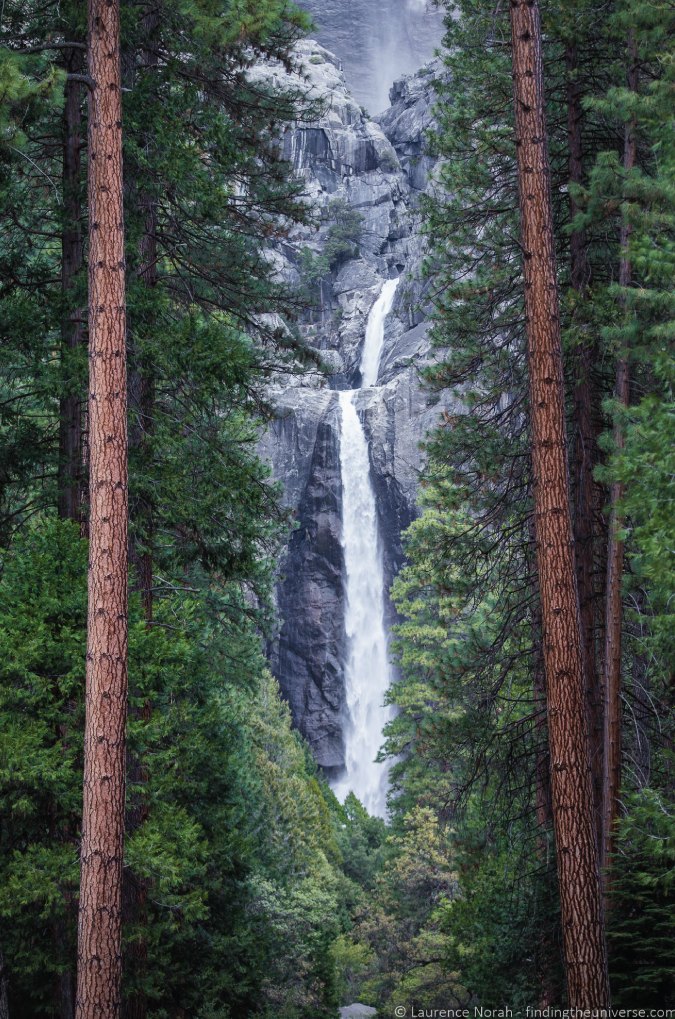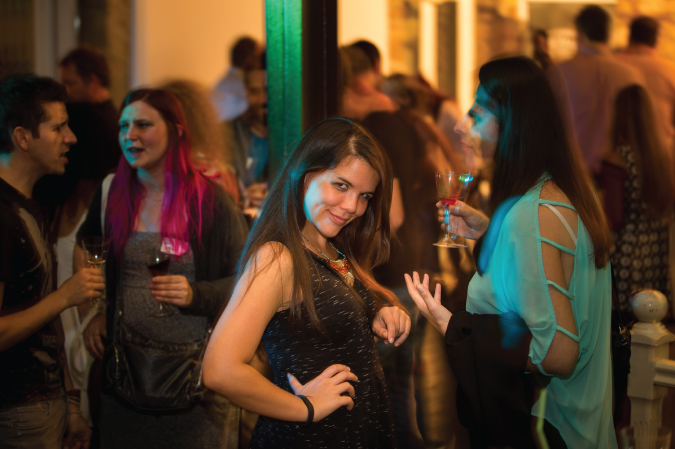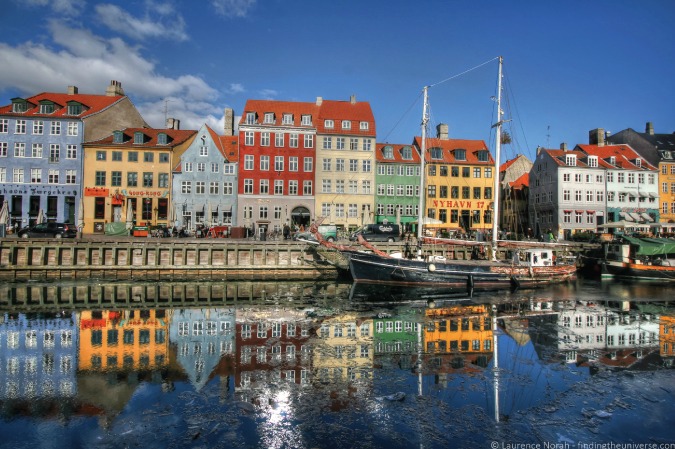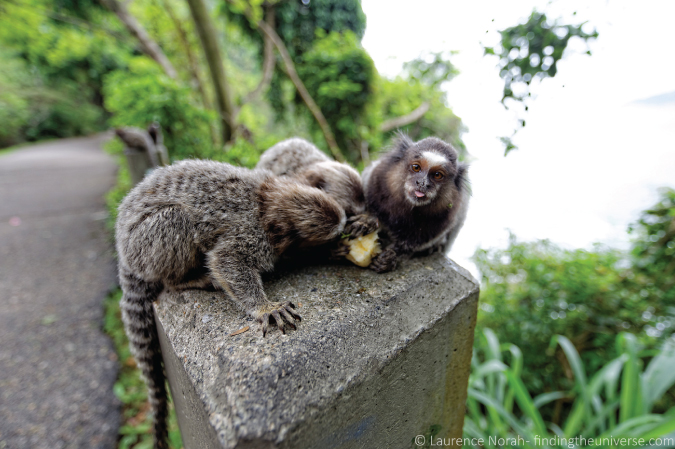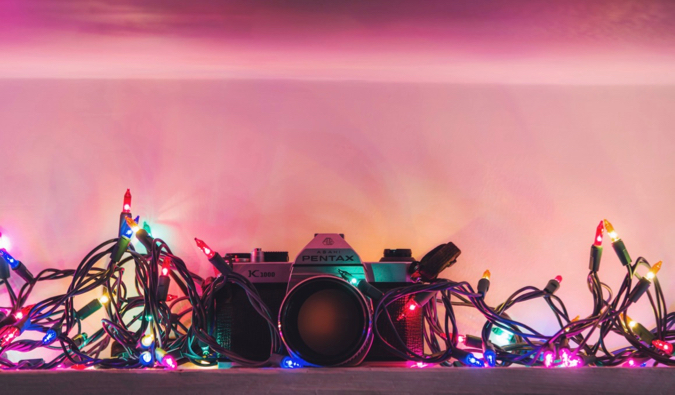
Posted: 12/3/18 | December 3rd, 2018
Travelers can be a fickle group of people to buy gifts for as we’re constantly coming and going. We usually don’t carry a lot of stuff with us, and no two travelers are alike so finding the perfect gift for the traveler in your life can be tricky.
While a plane ticket is never a bad idea (I’m a window seat in case anyone is thinking of getting me one), I’ve put together this ultimate (and our first ever) holiday gift guide for travelers as there’s a lot of great travel gear out there these days that helps people travel cheaper and better.
Even me, the gear adverse traveler, likes a lot of this stuff!
This is stuff I actually think is super useful. No nonsense. No fluff.
Just the best gifts for intrepid travelers and globetrotting nomads.
Traveler Gift Guide Table of Contents
Best Holiday Gifts for Travelers!
Travel Gear
1. My Favorite Travel Backpack
 If you’ve got a budget traveler on your holiday list, a travel backpack is the gift that keeps on giving. A well-made bag will last for years and through dozens of adventures. Having a reliable travel backpack is one of the most important items for a traveler. My favorite bag is the Flash 45 from REI but other great companies worth checking out are Osprey, Nomatic, and MEC (for Canadians).
If you’ve got a budget traveler on your holiday list, a travel backpack is the gift that keeps on giving. A well-made bag will last for years and through dozens of adventures. Having a reliable travel backpack is one of the most important items for a traveler. My favorite bag is the Flash 45 from REI but other great companies worth checking out are Osprey, Nomatic, and MEC (for Canadians).
(For a different backpack, check out my guide finding the right backpack for more options!)
2. Packing Cubes
 Packing cubes are an awesome tool to help you stay organized while you travel. Whether you’re a budget backpacker or traveling with half a dozen suitcases, packing cubes will keep you organized as you travel the world. They come in a variety of sizes, allowing you to store items big and small. If you know a traveler who needs a hand staying organized, this is the gift for them!
Packing cubes are an awesome tool to help you stay organized while you travel. Whether you’re a budget backpacker or traveling with half a dozen suitcases, packing cubes will keep you organized as you travel the world. They come in a variety of sizes, allowing you to store items big and small. If you know a traveler who needs a hand staying organized, this is the gift for them!
3. Travel Padlock
 This simple item is one of the most important for the budget traveler. Since many hostels have lockers, backpackers need to have their own lock when they’re on the road. While you can usually rent them at hostels, those prices add up after a while. I never leave home without a lock because I never know when it will come in handy.
This simple item is one of the most important for the budget traveler. Since many hostels have lockers, backpackers need to have their own lock when they’re on the road. While you can usually rent them at hostels, those prices add up after a while. I never leave home without a lock because I never know when it will come in handy.
—> Buy it now on Amazon!
4. Travel Clothing from Unbound Merino
 These travel clothes are some of the most versatile on the market. Made from merino wool, Unbound’s clothing can be worn daily for weeks (and months!) without getting smelly. They are perfect for the traveler who wants to pack lighter. I really love the material, they feel great, they hardly ever need a wash, and they last forever!
These travel clothes are some of the most versatile on the market. Made from merino wool, Unbound’s clothing can be worn daily for weeks (and months!) without getting smelly. They are perfect for the traveler who wants to pack lighter. I really love the material, they feel great, they hardly ever need a wash, and they last forever!
5. Suavs shoes
 These shoes are super versatile and durable, making them great for traveling. Whether you’re just exploring the city or in need something that looks a bit fancier, these shoes can do it all so you don’t have to pack multiple shoes. They are flexible, light, washable, and breathable. I love them! (They look great too!)
These shoes are super versatile and durable, making them great for traveling. Whether you’re just exploring the city or in need something that looks a bit fancier, these shoes can do it all so you don’t have to pack multiple shoes. They are flexible, light, washable, and breathable. I love them! (They look great too!)
6. Eco-friendly Luggage from Samsonite
 If you’re in need of proper luggage, Samsonite has been a go-to brand for durable, reliable luggage for ages. Now, I’m a backpack guy but I love this new luggage set. It’s made from 100% recycled plastic! Every little part of it! I can get behind something that environmentally friendly. It also comes with a limited 10 year warranty too in case something goes wrong.
If you’re in need of proper luggage, Samsonite has been a go-to brand for durable, reliable luggage for ages. Now, I’m a backpack guy but I love this new luggage set. It’s made from 100% recycled plastic! Every little part of it! I can get behind something that environmentally friendly. It also comes with a limited 10 year warranty too in case something goes wrong.
7. Earplugs
 Anyone who has ever stayed in a hostel knows that a good pair of earplugs is a necessity. From chronic snorers to late-night drinkers to copulating couples in creaking bunks, hostels are known for their less-than-quiet accommodation. Add some earplugs to your shopping list. Because the gift of a good sleep is priceless!
Anyone who has ever stayed in a hostel knows that a good pair of earplugs is a necessity. From chronic snorers to late-night drinkers to copulating couples in creaking bunks, hostels are known for their less-than-quiet accommodation. Add some earplugs to your shopping list. Because the gift of a good sleep is priceless!
8. Sea to Summit Quick Dry Travel Towel
 Having a lightweight, quick-drying towel makes a huge difference when you’re on the road. Big, bulky towels take up a lot of space in your backpack and they take a long time to dry. If you’re on the road, you don’t want a towel to delay your plans or stink up your bag. Enter the travel towel. It’s the compact, quick-drying solution that every backpacker needs.
Having a lightweight, quick-drying towel makes a huge difference when you’re on the road. Big, bulky towels take up a lot of space in your backpack and they take a long time to dry. If you’re on the road, you don’t want a towel to delay your plans or stink up your bag. Enter the travel towel. It’s the compact, quick-drying solution that every backpacker needs.
9. Travel Headlamp
 This is a great tool for both backpackers and anyone looking to do any hiking or camping. In a hostel, they’re helpful if you need to check in or out but don’t want to disturb your fellow travelers. For outdoorsy folks, they’re useful for hiking, setting up camp in the dark, and for emergencies.
This is a great tool for both backpackers and anyone looking to do any hiking or camping. In a hostel, they’re helpful if you need to check in or out but don’t want to disturb your fellow travelers. For outdoorsy folks, they’re useful for hiking, setting up camp in the dark, and for emergencies.
10. LifeStraw
 Environmentally, pollution from single-use plastics is something every traveler has witnessed. And, monetarily, when you’re traveling, continuiously buying water gets expensive. Do your part to help the planet by traveling with a reusable filter. LifeStraw is an awesome brand with a built in water filter. The filters last 5 years so you save money on changing them too.
Environmentally, pollution from single-use plastics is something every traveler has witnessed. And, monetarily, when you’re traveling, continuiously buying water gets expensive. Do your part to help the planet by traveling with a reusable filter. LifeStraw is an awesome brand with a built in water filter. The filters last 5 years so you save money on changing them too.
11. Travel Neck Pillow
 Travel pillows are perfect for those long-haul flights, delayed buses, and airport naps. Every traveler needs to have a travel pillow on hand to maxamize that downtime and time in transit. They’re great for helping prevent jetlag and make even the longest, most uncomfortable trip a little more bearable.
Travel pillows are perfect for those long-haul flights, delayed buses, and airport naps. Every traveler needs to have a travel pillow on hand to maxamize that downtime and time in transit. They’re great for helping prevent jetlag and make even the longest, most uncomfortable trip a little more bearable.
Travel Tech
12. MacBook Air
 This is my favorite travel computer. It’s light, it’s powerful enough for regular use, and the battery life is great. While an iPad might be another potential travel choice, I find the Air much more versatile. You can do a lot more with it. When I’m on the road, this is the laptop I travel with.
This is my favorite travel computer. It’s light, it’s powerful enough for regular use, and the battery life is great. While an iPad might be another potential travel choice, I find the Air much more versatile. You can do a lot more with it. When I’m on the road, this is the laptop I travel with.
13. iPhone
 While not a cheap phone, the iPhone X has such a good camera that you don’t need to take a traditonal camera with you when you travel. It has a solid battery life, a grat lens, beautiful screen, and, is overall, just awesome. True, I’m an Apple fanboy so I might be biased but hey, it’s my list!
While not a cheap phone, the iPhone X has such a good camera that you don’t need to take a traditonal camera with you when you travel. It has a solid battery life, a grat lens, beautiful screen, and, is overall, just awesome. True, I’m an Apple fanboy so I might be biased but hey, it’s my list!
14. Wireless Noise-Canceling Headphones
 These are great for those long flights or bus trips as they block out background noise so you can read, work, or sleep without being distrubed. The wireless Bose QuietComfort 35 headphones are fan favorites and my go-to brand. They are comfortable, rechargable, and do an amazing job at removing background noise. If you’re on a budget, consider the QuietComfort 25 instead.
These are great for those long flights or bus trips as they block out background noise so you can read, work, or sleep without being distrubed. The wireless Bose QuietComfort 35 headphones are fan favorites and my go-to brand. They are comfortable, rechargable, and do an amazing job at removing background noise. If you’re on a budget, consider the QuietComfort 25 instead.
15. Mophie External Battery
 These days, we all travel with numerous electronic devices like phones and tablets. It can be hard to keep them all charged. This solves that problem. Two high-output USB ports make this external battery incredibly convenient, and it can charge up to 100 hours of battery in one go.
These days, we all travel with numerous electronic devices like phones and tablets. It can be hard to keep them all charged. This solves that problem. Two high-output USB ports make this external battery incredibly convenient, and it can charge up to 100 hours of battery in one go.
16. Kindle
 While I personally prefer to read physical books, I can’t argue against the convenience and simplicity of the Kindle. Hauling around physical books is a pain if you’re traveling often. With a Kindle, you can pack hundreds of books into a single device, and many versions can also use apps and access the internet. It’s a great gift for the avid reader.
While I personally prefer to read physical books, I can’t argue against the convenience and simplicity of the Kindle. Hauling around physical books is a pain if you’re traveling often. With a Kindle, you can pack hundreds of books into a single device, and many versions can also use apps and access the internet. It’s a great gift for the avid reader.
17. Travel Adapter
 Nothing is more tedious than arrving to a new destination only to realize you can’t charge your devices because the electrical outlets are different. Enter the travel adapter. They’re a simple accessory. There’s a million out there but this is one I use. I like that is also has USB outlets on it too.
Nothing is more tedious than arrving to a new destination only to realize you can’t charge your devices because the electrical outlets are different. Enter the travel adapter. They’re a simple accessory. There’s a million out there but this is one I use. I like that is also has USB outlets on it too.
18. GoPro Hero 7 Black
 Every traveler needs a camera, and few are as versatile and durable as the GoPro. They’re great for photos and video no matter the climate. They’re waterproof and are perfect for both everyday city exploring as well as more extreme and adventurous activities. They’re just awesome.
Every traveler needs a camera, and few are as versatile and durable as the GoPro. They’re great for photos and video no matter the climate. They’re waterproof and are perfect for both everyday city exploring as well as more extreme and adventurous activities. They’re just awesome.
Travel Inspiration
19. Scratch Travel Maps from Landmass
 These maps are a fun way to keep track of your past travels while helping you stay inspired as you plan your future trips. You simply scratch off the parts of the world you’ve been. Simple. Easy. Landmass is my favorite company that makes these, though there are plenty of other companies that make them now, so you can also find them in all sorts of sizes and colors.
These maps are a fun way to keep track of your past travels while helping you stay inspired as you plan your future trips. You simply scratch off the parts of the world you’ve been. Simple. Easy. Landmass is my favorite company that makes these, though there are plenty of other companies that make them now, so you can also find them in all sorts of sizes and colors.
20. Hand-drawn Food Maps
 These are unique, hand-drawn typographic maps of food from Legal Nomads and artist Ella Frances Sanders. They make a great gift for anyone who loves to eat and travel (and who doesn’t!). They come in a variety of sizes too! Jodi’s maps are the best!
These are unique, hand-drawn typographic maps of food from Legal Nomads and artist Ella Frances Sanders. They make a great gift for anyone who loves to eat and travel (and who doesn’t!). They come in a variety of sizes too! Jodi’s maps are the best!
—> Buy it now! (Use the code SEALUP for 15% off!)
21. The Fearless Guide to Solo Female Travel
 Kristin Addis created this detailed guide to solo feamle travel, addressing all the concerns women have about traveling. The book includes tons of tips and advice, as well as interviews with other female travelers and writers. It gives you the specific, actionable information you need to conquer the world on any trip!
Kristin Addis created this detailed guide to solo feamle travel, addressing all the concerns women have about traveling. The book includes tons of tips and advice, as well as interviews with other female travelers and writers. It gives you the specific, actionable information you need to conquer the world on any trip!
22. Moleskine Notebook
 I never leave home without one of these. They are the perfect notebook for journaling during your trip as well as for writing down travel notes such as directions, contact information, and language tips. I think everyone needs to write more during their travels so they have something to look back on (other than photos).
I never leave home without one of these. They are the perfect notebook for journaling during your trip as well as for writing down travel notes such as directions, contact information, and language tips. I think everyone needs to write more during their travels so they have something to look back on (other than photos).
23. Travel Books
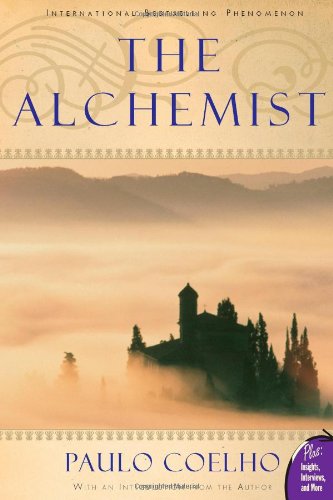 Few things can inspire you to travel like a great book. They can transport you to new places and keep your wanderlust stoked while you work towards making your own travel dreams a reality. If you’ve got an avid reader who loves to travel on your holiday list (or if you’re just looking for something to read over the holidays) one of my favorite travel books might be a great holiday choice!
Few things can inspire you to travel like a great book. They can transport you to new places and keep your wanderlust stoked while you work towards making your own travel dreams a reality. If you’ve got an avid reader who loves to travel on your holiday list (or if you’re just looking for something to read over the holidays) one of my favorite travel books might be a great holiday choice!
—> Here’s a list of great books to get!
24. Celiac Travel Cards
 My friend Jodi from Legal Nomads created these helpful travel cards for anyone traveling with Celiac disease. They are in-depth resources that communicate your concerns to restaurant staff in a way that allows anyone traveling with the disease to have a worry-free meal. If you or someone you love has Celiac disease, these travel cards are a great resource!
My friend Jodi from Legal Nomads created these helpful travel cards for anyone traveling with Celiac disease. They are in-depth resources that communicate your concerns to restaurant staff in a way that allows anyone traveling with the disease to have a worry-free meal. If you or someone you love has Celiac disease, these travel cards are a great resource!
—> Buy them now! (Use the code SEALUP for 15% off!)
25. How to Travel the World on $50 a Day
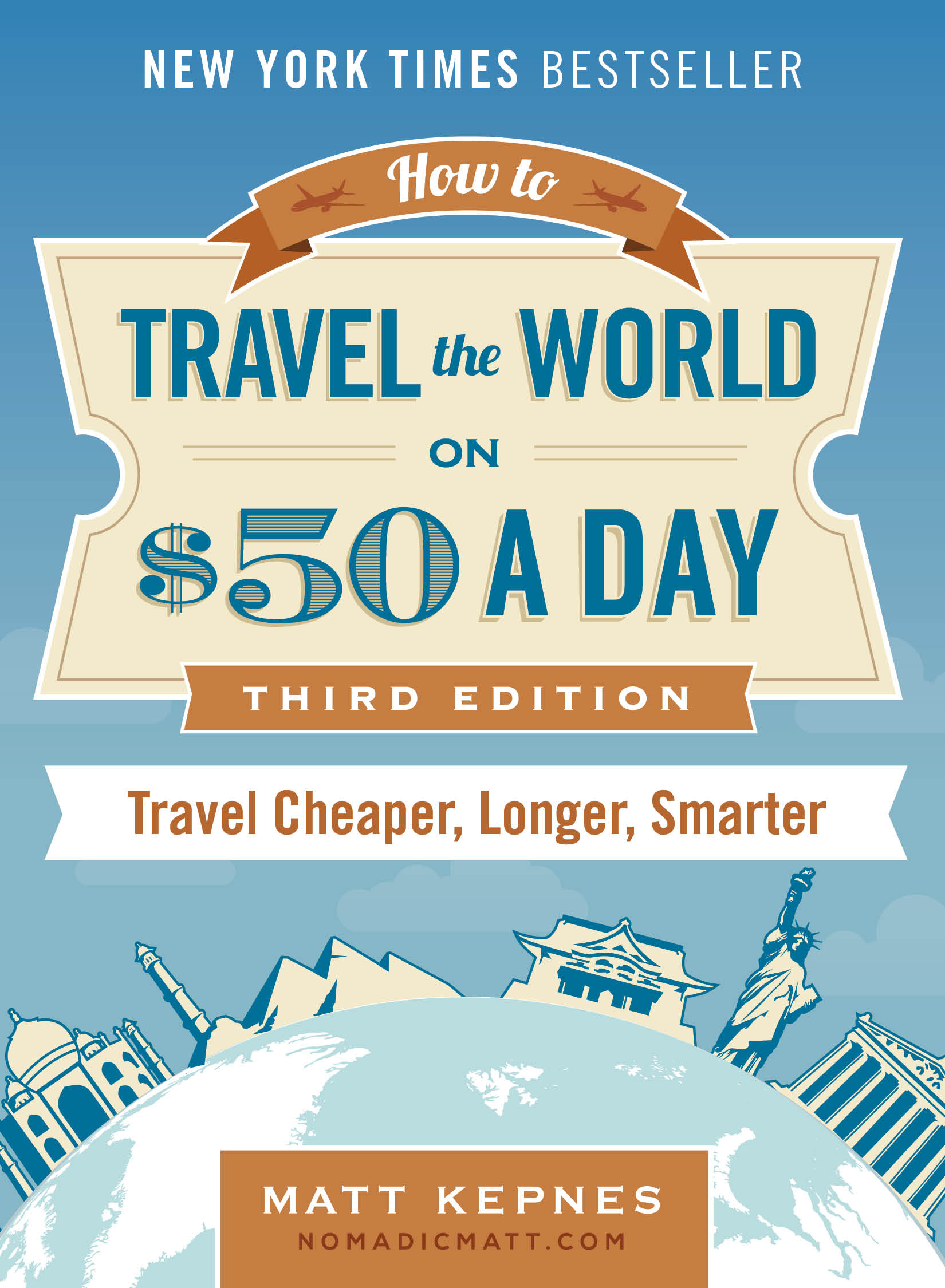 While I might be biased, I think this is a travel resource that every traveler needs in their arsenal! It will show you how I travel the world on a budget, illuminating all my best tips in one easy to follow format that you can take with you when you travel. It will show you how to become a master traveler and navigate the world — no matter where in the world you want to go!
While I might be biased, I think this is a travel resource that every traveler needs in their arsenal! It will show you how I travel the world on a budget, illuminating all my best tips in one easy to follow format that you can take with you when you travel. It will show you how to become a master traveler and navigate the world — no matter where in the world you want to go!
26. Donate to Charity!
 For the traveler in your life who has everything, why not make a donation to charity on their behalf! FLYTE is an awesome charity that I started back in 2015 to help high school students in underserved communities experience the transformational power of travel. Every year we send a new group of students abroad, but we can’t do it without your help!
For the traveler in your life who has everything, why not make a donation to charity on their behalf! FLYTE is an awesome charity that I started back in 2015 to help high school students in underserved communities experience the transformational power of travel. Every year we send a new group of students abroad, but we can’t do it without your help!
—> Donate and some kids learn the gift of travel today!
Whether you’re searching for the perfect holiday gift for a traveler in your life or just looking for some holiday inspiration for yourself, this list will help you find an awesome gift for the holidays. No matter your budget, there is something here for you that will help you level up your travels or the travels of a loved one.
The post The Ultimate 2018 Holiday Gift Guide for Travelers appeared first on Nomadic Matt's Travel Site.
